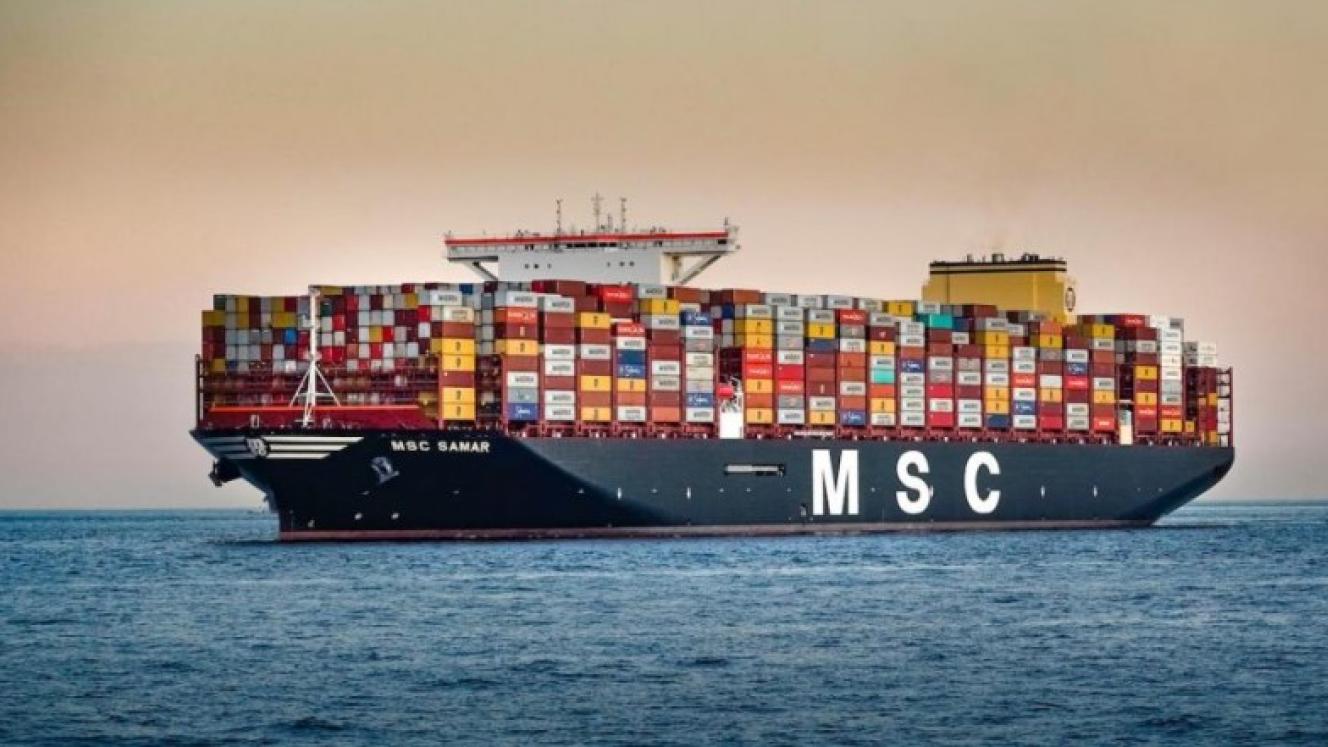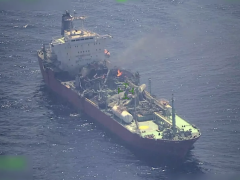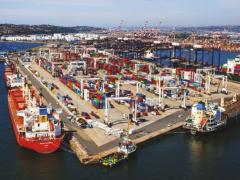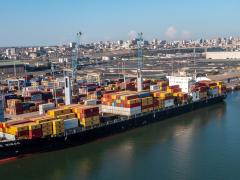The maritime industry’s vessel-sharing alliances (VSA), together with Mediterranean Shipping Company, which has no official VSA arrangements, hold more than 82% of the international container industry’s market share.
Container News reports that the combined market share of the major alliances and MSC has risen slightly to 82.5%, up from 82.1% four months earlier, underscoring the continued concentration of power among the largest carriers.
Independent operator MSC remains the single largest carrier by capacity, commanding some 21% of global containerised volume.
It represents an increase of about 20.6% compared to what MSC was carrying earlier in the year.
Among the three dominant alliances, the Gemini Cooperation, formed by Maersk and Hapag-Lloyd, holds 21.3% of global capacity, marginally down from 21.6% after the new VSA emerged in February.
The Ocean Alliance, which includes CMA CGM, COSCO, Evergreen Marine and OOCL, has expanded its share to 28.8% from 28.4%.
Meanwhile, the Premier Alliance – comprising Ocean Network Express (ONE), HMM and Yang Ming – maintains a market share of 11.4%, compared with 11.5% previously.
As a result, non-allied carriers like Wan Hai Lines, ZIM and Seaspan, now account for just 17.5% of the global market, down from 17.9%, signalling a further squeeze on smaller operators.
The dominance of MSC through the sheer size of its fleet, representing more than 800 vessels, along with VSAs like Gemini Cooperation, reflect the ability of leading lines to achieve greater operational efficiency, network optimisation and cost advantages through scale and cooperation.
However, dominance leaves little competitive space for smaller carriers, particularly on the major East–West trade lanes.
Order-book figures suggest that the largest players intend to maintain and even strengthen their positions. MSC currently has 127 new vessels on order, while members of the Ocean Alliance collectively have 244 vessels under construction. These additions are expected to enhance capacity and fleet renewal over the coming years.
Industry observers have raised concerns that this level of concentration could reduce competition, affect freight rate stability, and limit shippers’ choices in global trade. For exporters and importers, the tightening control of key routes by a handful of carriers could translate into reduced bargaining power and higher costs.
Despite these concerns, the scale and efficiency of the leading alliances continue to underpin their dominance, allowing them to weather fluctuating market conditions and maintain a commanding presence across international shipping networks.













